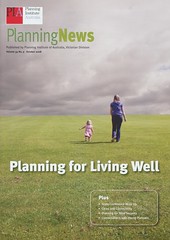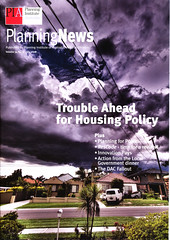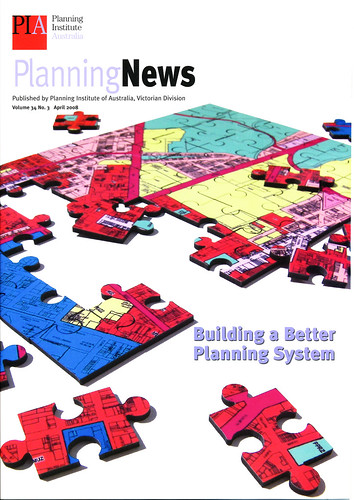One of the most dispiriting things about day-to-day statutory planning is the paper warfare. Consultant planners prepare a report justifying their proposal; given the length and repetitiveness of planning schemes, that might be twenty or more pages long. Council officers then prepare their own assessment, but for various reasons they tend not to rely a great deal on the applicant’s report. Apart form the description of the proposal – the bit that applicants know a Council planner will always read – many consultants’ reports are not especially useful as the starting point for Council’s assessment. I suspect most planners will know the kind of report I mean: huge slabs of text cut and pasted from the scheme; permit triggers incorrect, incomplete, or scattered through the text; glib and formulaic non-responses to the real issues of merit; and so on.
There’s a cycle here, in that the less Council officers rely on application reports, the more sketchily they are done, reinforcing the tendency of local government planners to give them fleeting attention. Meanwhile, Councils have traditionally tried to encourage better documentation through the issuing of extensive application checklists listing every last thing to think about. This increases regulatory burden, and further reinforces the trend towards over-documented but under-thought applications. And when Council officers finally come to assess the application, they largely start from scratch, duplicating work that in many cases has been – or should have been – done by the permit applicant. The whole process sees a lot of paper exchanged, but too little communication and co-operation between Council and consultant planners in getting applications across the line.




